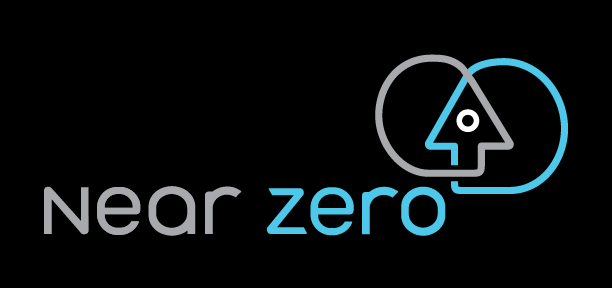An open-source model of the Western Climate Initiative cap-and-trade program with supply-demand scenarios through 2030
The Western Climate Initiative (WCI) cap-and-trade program consists of two linked carbon markets in California and Québec, where it is intended to play a central role in reducing greenhouse-gas emissions pursuant to both jurisdictions’ 2030 limits on economy-wide emissions. The WCI program is governed by complex supply-side rules that must be accounted for in order to accurately project the future performance of the program given demand-side uncertainty over the coming decade.
To aid in understanding the range of possible outcomes, we built WCI-RULES, a model that simulates the WCI program’s supply-demand balance through 2030. The model is designed with a “reality-first” philosophy. By using the latest historical data and representing all relevant program regulations in computer code, it demystifies the supply side of the WCI program and allows users to explore program outcomes across a range of future demand-side scenarios.
Model users can specify three key drivers that have the largest effect on projections of the program’s supply-demand balance: future trends in emissions covered by the program, allowance auction outcomes, and regulated parties’ use of carbon offset credits.
The model can serve as a neutral tool that allows regulators and program stakeholders to explore scenarios they consider plausible and to compare the implications of alternative assumptions, with the goal of establishing a shared understanding of the WCI program’s past performance and future potential.
Download the preprint, supplemental information, WCI-RULES model documentation, and other documents and data from the model’s repository hosted by the Open Science Framework (DOI 10.17605/OSF.IO/S7HQ3).
preprint manuscript
Mason Inman *, Michael Mastrandrea *†, and Danny Cullenward *†§
* Near Zero
† Carnegie Institution for Science, Department of Global Ecology
§ Stanford Law School
